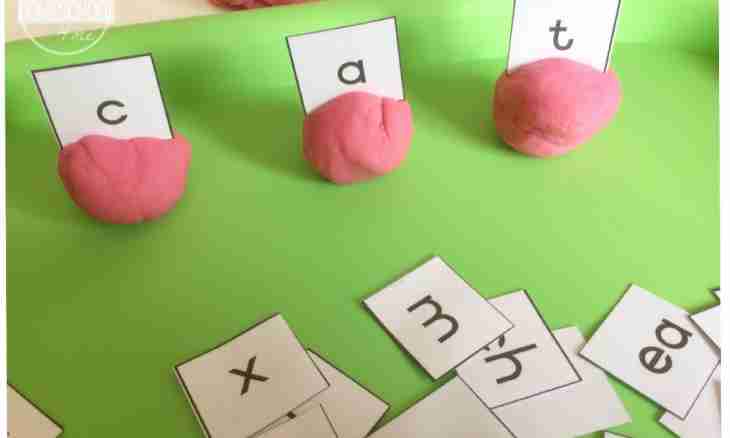The competent written language reflects the cultural level of the person. But sometimes it is necessary not only to be able to write correctly a word, but also to explain the provision of any given letter, to remember rules. One of the most widespread mistakes is the spelling of paired consonants.
Instruction
1. For a start write out a word on paper, so will work more simply and more visually. Emphasize a paired consonant on the end of a word. Competently to check correctness of its writing, it is necessary to pick up a suitable test word. The most widespread way is replacement of a form of singular on multiple. For example, a pigeon – pigeons, a mushroom – mushrooms, a dresser – dressers.
2. The second way it is possible to call selection of a cognate word so that after a doubtful paired consonant there was public. The following words can be an example: a bear – a she-bear, a hedgehog – a hedgehog, a lion – young lions.
3. The third way approaches when placing in a form of plural or selection of a cognate word do not yield desirable result. For example, word ""friend"". If to put it in plural, it will turn out ""friends"", and it not a test word. Cognate words ""friendship"" ""to be on friendly terms"", ""make friends"" too do not approach. Then it is necessary to change a word on questions: ""With whom to go to cinema? (with the friend)"". Thus, the main condition of check of a paired consonant on the end of a word is its change so that after doubtful concordant there was public.
4. Sometimes for check of doubtful concordant the sound interchange is used. For example: a bird (from a little bird), the birdhouse (from a starling).
5. In some words of a foreign origin the paired consonant cannot be checked in the ways described above. For example, ""abstraction"" but ""to abstract"". When writing words with untestable concordants it is necessary to use the dictionary.

